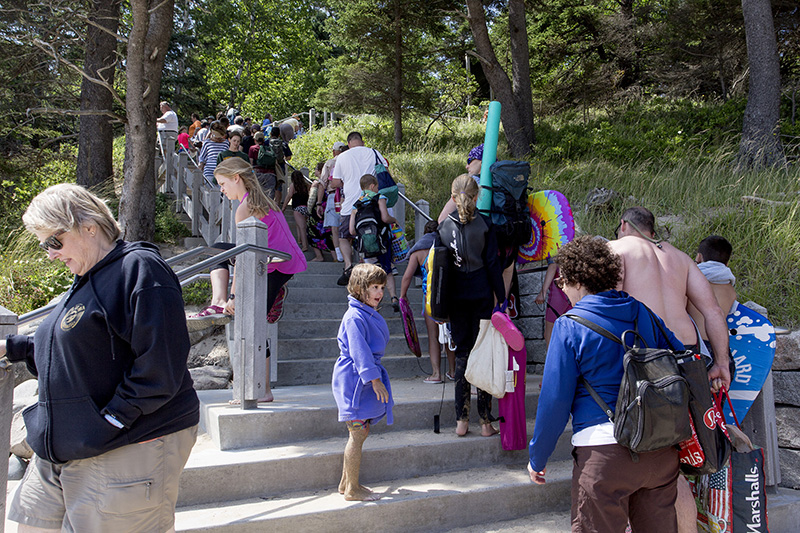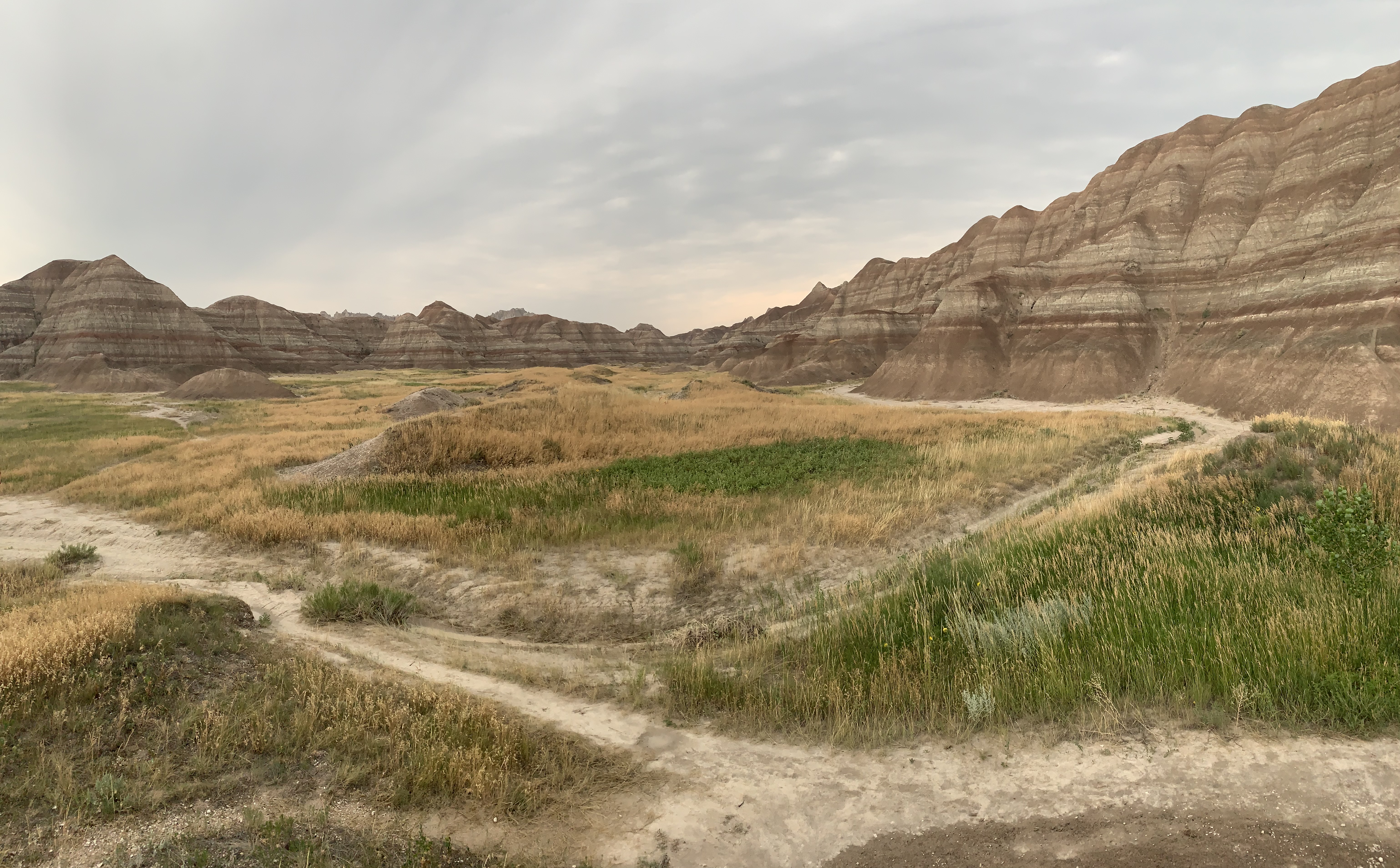If we can restore and protect our public lands, we can avert the worst of the climate crisis.
Our Mission
Our public lands are at a crossroads. Interest, particularly in national parks, is soaring, bringing along people, traffic, and litter. But also breeding a new generation of park stewards and activists intent on saving our parks.
.png)
Increased visitation isn’t automatically a bad thing, but often it leads to long lines and overcrowding.

Vehicular traffic is especially pernicious and has spiked along with overall visitation. Parks are often in the middle of nowhere, far from reliable public transit. Visitors to the most popular parks often report waiting hours in line just to enter the park.
.png)
Of course, interest is high because America is beautiful. The landscape at Badlands is alien and breathtaking. Seeing Denali’s peak is a once-in-a-lifetime experience. You cannot go to a place like Badlands or Denali and not feel changed by the experience. Especially if you take the time to get off the popular routes, you can find places that are utterly, completely wild. Yes, even in 2021. There is an indescribable beauty in that.

At the same time that visitation is spiking, the climate crisis is here and devastating parks across the country. Record heatwaves, drought, wildfires, and floods are wreaking havoc from Hawaii to Maine. Parks are having to make drastic decisions about which species to save; wildfire threatens to wipe out Joshua trees and Saguaro cacti; warmer temperatures are melting glaciers from Alaska to Montana at an alarming rate.
Of course, it isn’t just land, water, plants, and animals that are being harmed. To understate it, climate change poses an enormous risk to humans. In particular, to America’s most vulnerable and impoverished communities, including indigenous communities that have been forced off their land for generations to make room for parks. As America grapples with managing the climate crisis, we cannot leave these indigenous communities out of the solutions. We owe it to them to fight for environmental justice.
Our public lands and parks cover a huge portion of the country and have an outsized influence on our ability to protect America. The National Park Service covers 85 million acres across its units. The Forest Service manages 193 million acres of land (about the size of Texas). The Bureau of Land Management is responsible for 245 million acres. In total, almost 30% of the country's 2.3 billion acres are federally owned.
If we can’t protect our most treasured lands, what hope do the most vulnerable lands (and people) have?
But if we can protect our public lands in the middle of the climate crisis–including all the air, water, plants, animals, land, visitors, and local communities therein–then those lessons can be valuable for the rest of the country and even the world. This is just one solution among many but perhaps if we embrace saving our public lands then maybe, just maybe, we can avert the worst of the climate crisis.
Teddy Roosevelt said, “Do what you can, with what you have, where you are.” That’s why this site exists. To promote America’s public lands as critical to managing the climate crisis. To fight for those who have been wrong–are being wronged–in the creation of those lands. It exists because of the belief that parts of America are still wild and that there is beauty in those wild places.
Get in touch